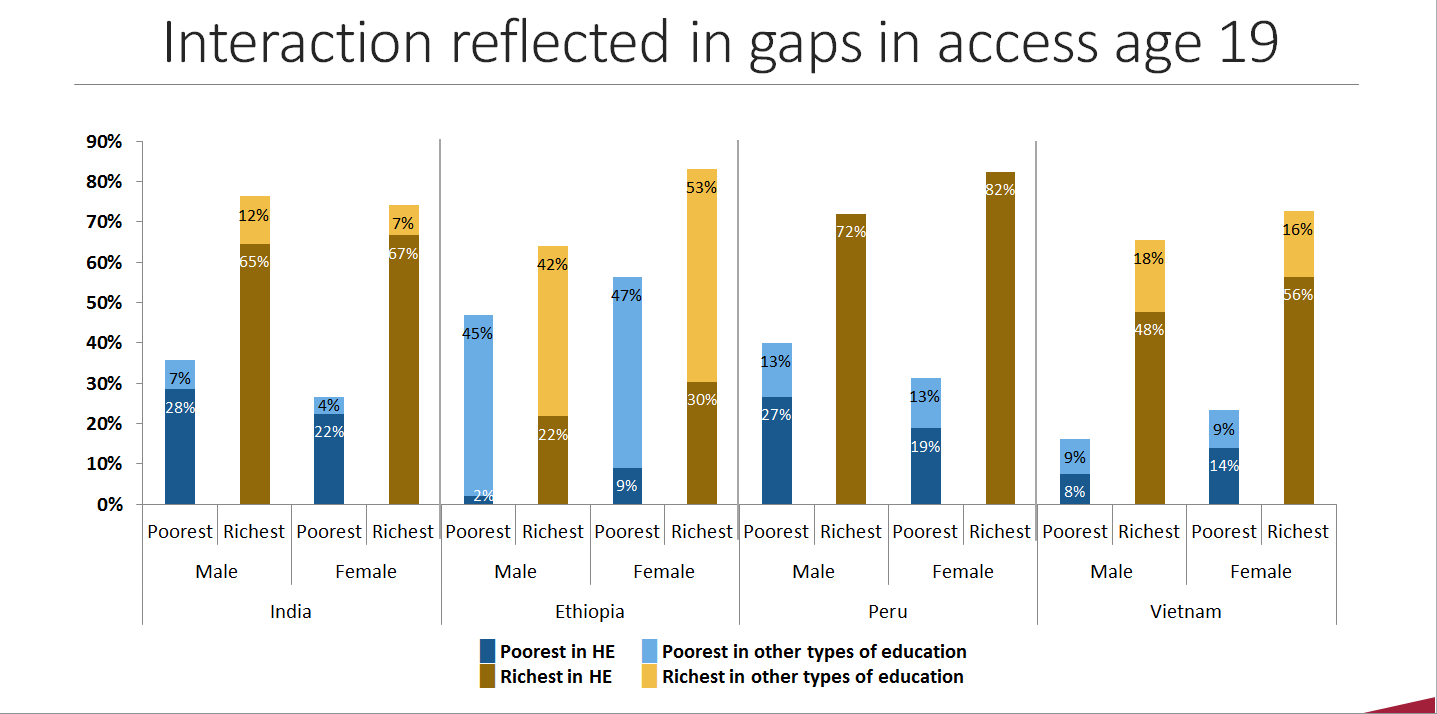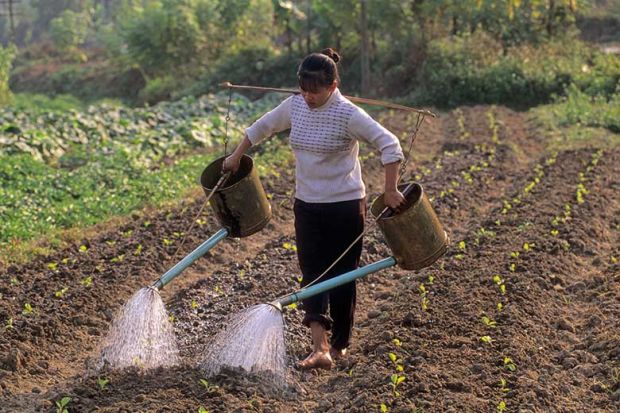When the United Nations began its push to improve access to higher education in the world’s poorest countries last year, it was hailed as a historic moment by many education experts.
Never before had the UN set itself targets to increase participation in tertiary-level education. Instead, it had focused almost exclusively on making sure that children around the world had the chance to gain a decent education at a primary or secondary school, while efforts around post-18 education were centred on technical or vocational training.
By including a goal of achieving “equal access for all women and men to affordable and quality technical, vocational and tertiary education, including university” as part of its 2030 Sustainable Development Goals, there is hope that university attendance can be boosted across the globe, particularly for women.
However, the UN’s focus on eradicating gender inequality in education – a cause championed by Michelle Obama, America’s outgoing first lady, among others – may in fact cause governments to lose sight of more pernicious educational inequalities, two University of Cambridge educationalists have warned.
According to a study by Sonia Ilie and Pauline Rose, from Cambridge’s Faculty of Education, educational inequalities concerning poverty are far greater than those regarding gender.
Using data from the Young Lives project, a University of Oxford longitudinal study tracking about 12,000 children born in 1994 over their entire education, Dr Ilie and Professor Rose found that women’s participation in higher education often exceeded men’s, although the participation gap remained huge when income was considered.
For instance, only 2 per cent of Ethiopia’s poorest fifth of male 19-year-olds are in higher education, but 9 per cent of its poorest female 19-year-olds are. Meanwhile, 22 per cent of the richest 19-year-old men and 30 per cent of the richest 19-year-old women are at university.
Income was also a key factor in Vietnam, where some 8 per cent of the poorest 19-year-old men are in higher education compared with 14 per cent for women from low-income families, the Young Lives data show. In comparison, participation rates for richer 19-year-olds stood at a fairly healthy 48 per cent and 56 per cent for men and women, respectively.

Notes: Higher education participation rates by top and bottom income quintiles. Data reflects cohort of 1,000 young people tracked by the University of Oxford’s Young Lives project in Ethiopia, Peru, Vietnam and India (Andhra Pradesh and Telangana regions).
“We need to keep on focusing on gender inequalities, but it is clear that the gaps in educational outcomes are far larger when you compare different income groups,” Dr Ilie told Times Higher Education.
Those educational inequalities are particularly apparent at primary school level, where income was far more important than gender in determining whether children went to school or not, said Dr Ilie, who presented her results at the Society for Research into Higher Education’s annual research conference in Wales last month.
“The push to get everyone into primary schooling has fundamentally altered the education landscape, and many more young children are going to school,” she said.
“Later on in the education system, the figures tend to favour boys, but the gender gap is starting to get a lot smaller,” she added.
Throwing the UN’s weight behind ensuring equal access to higher education for both sexes was likely to have an impact on this problem, even if it was not the most pressing challenge faced by these countries, which is poverty-related inequalities, Dr Ilie added.
“Whenever there is an explicit focus on a target like this, you see an increase in monitoring activity and governments look in more depth about what is happening,” she explained.
Offering quality universal education was particularly important for improving access to university as only 5 per cent of those not enrolled in school by the age of eight made it into higher education, the Young Lives information showed, said Dr Ilie.
“If you do not start learning very early, it is a huge missed opportunity and your chances of reaching higher education diminish hugely,” she explained.
“We also need to focus on what is happening in schools – it’s not enough to simply master basic numeracy and literacy as you need to acquire a good grasp of higher-level maths to improve your chance of getting into university,” she added.
Education targets laid out in the United Nations’ 2030 Sustainable Development Goals agenda, agreed in September 2015
- By 2030, ensure that all girls and boys have access to quality early childhood development, care and pre-primary education so that they are ready for primary education
- By 2030, ensure that all girls and boys complete free, equitable and quality primary and secondary education leading to relevant and effective learning outcomes
- By 2030, ensure equal access for all women and men to affordable and quality technical, vocational and tertiary education, including university
POSTSCRIPT:
Print headline: Poverty is bigger bar to higher study than gender
Register to continue
Why register?
- Registration is free and only takes a moment
- Once registered, you can read 3 articles a month
- Sign up for our newsletter
Subscribe
Or subscribe for unlimited access to:
- Unlimited access to news, views, insights & reviews
- Digital editions
- Digital access to THE’s university and college rankings analysis
Already registered or a current subscriber?





